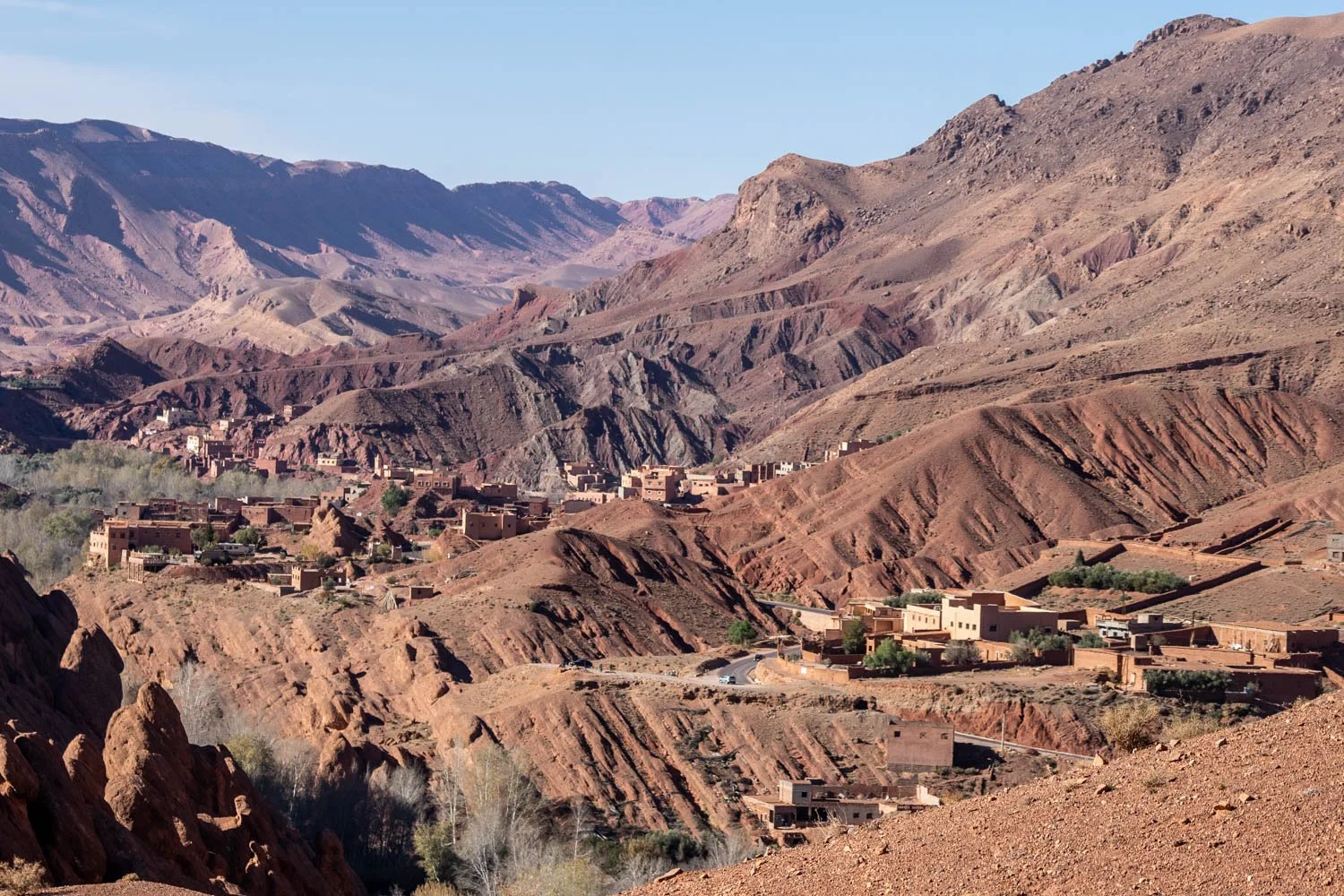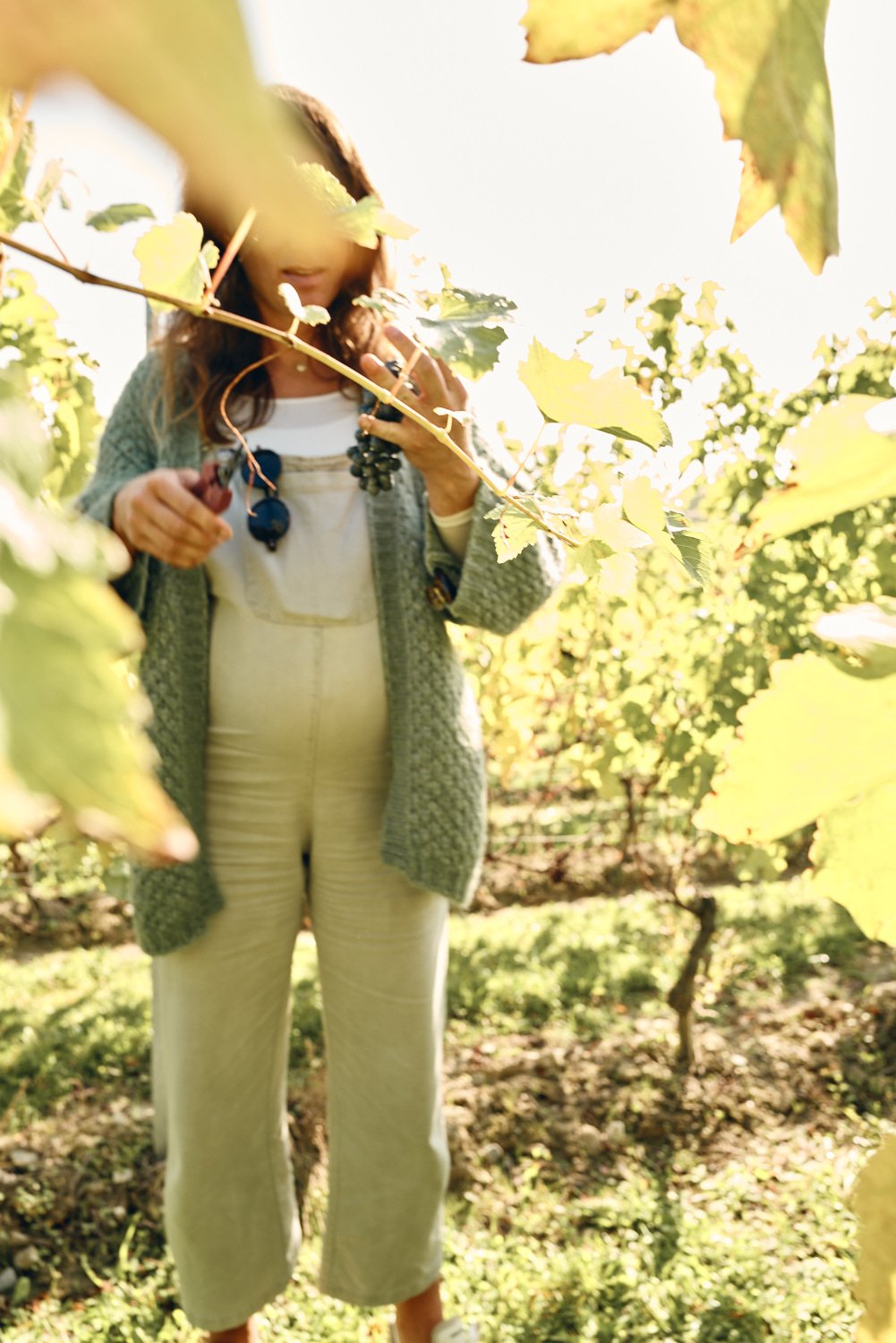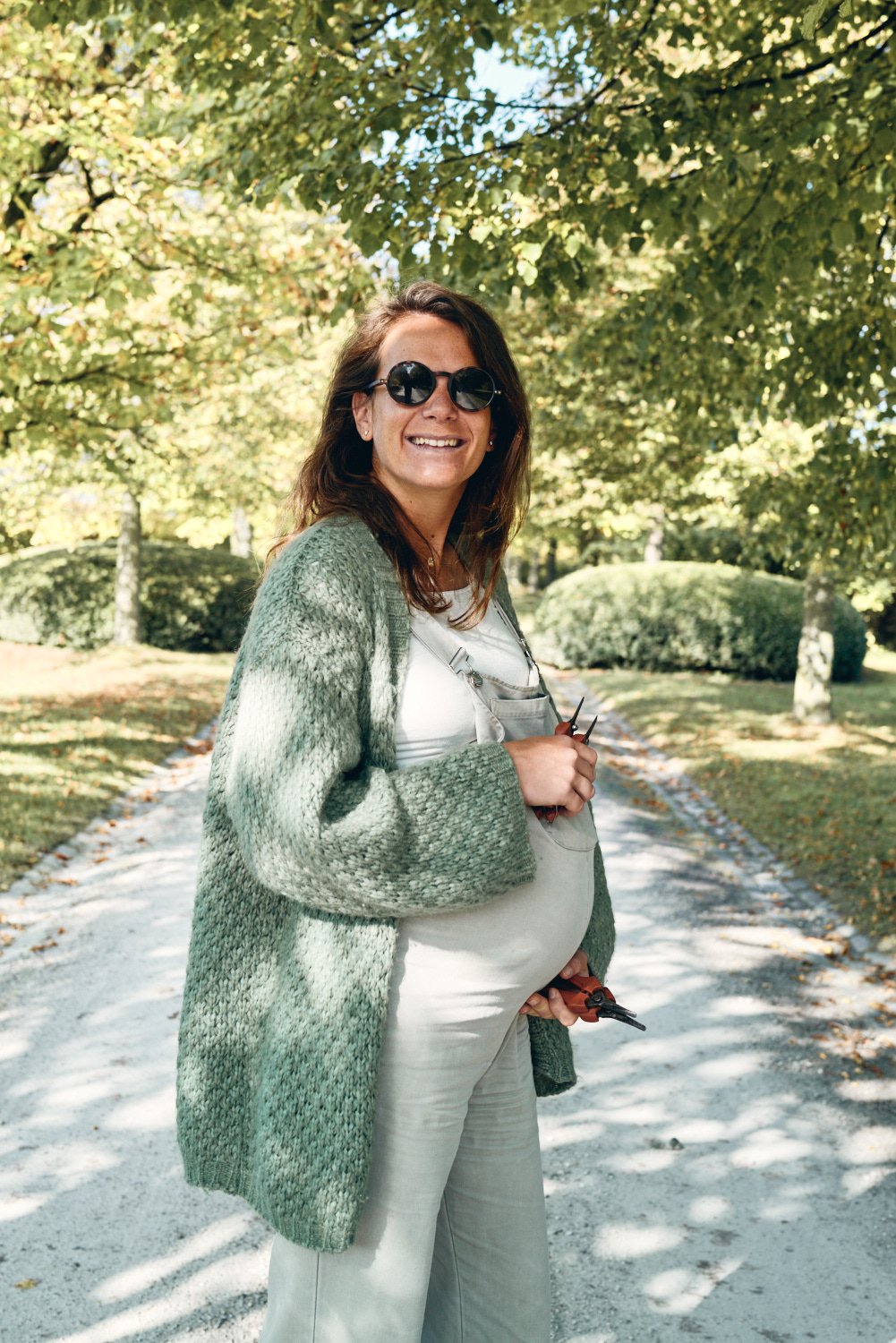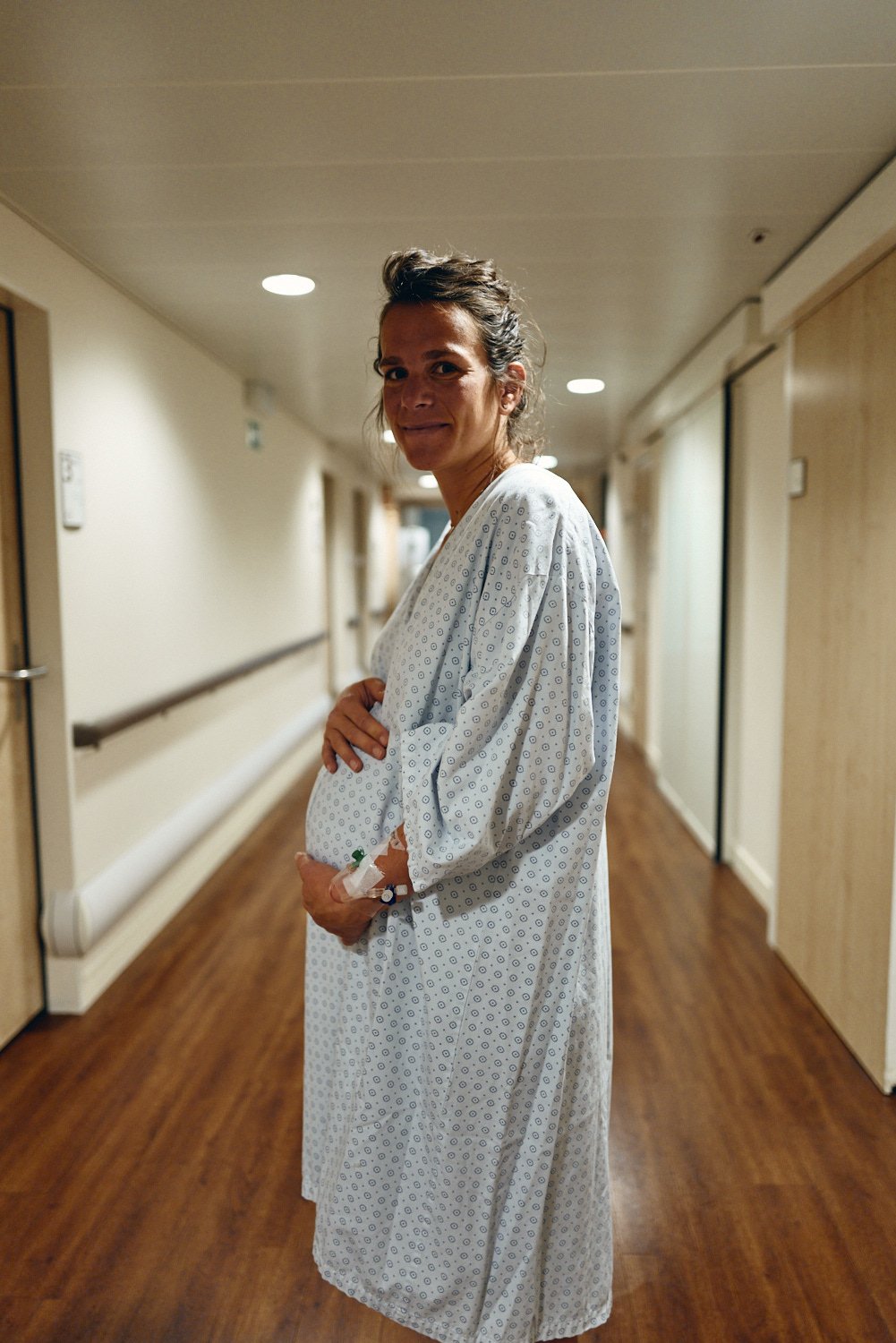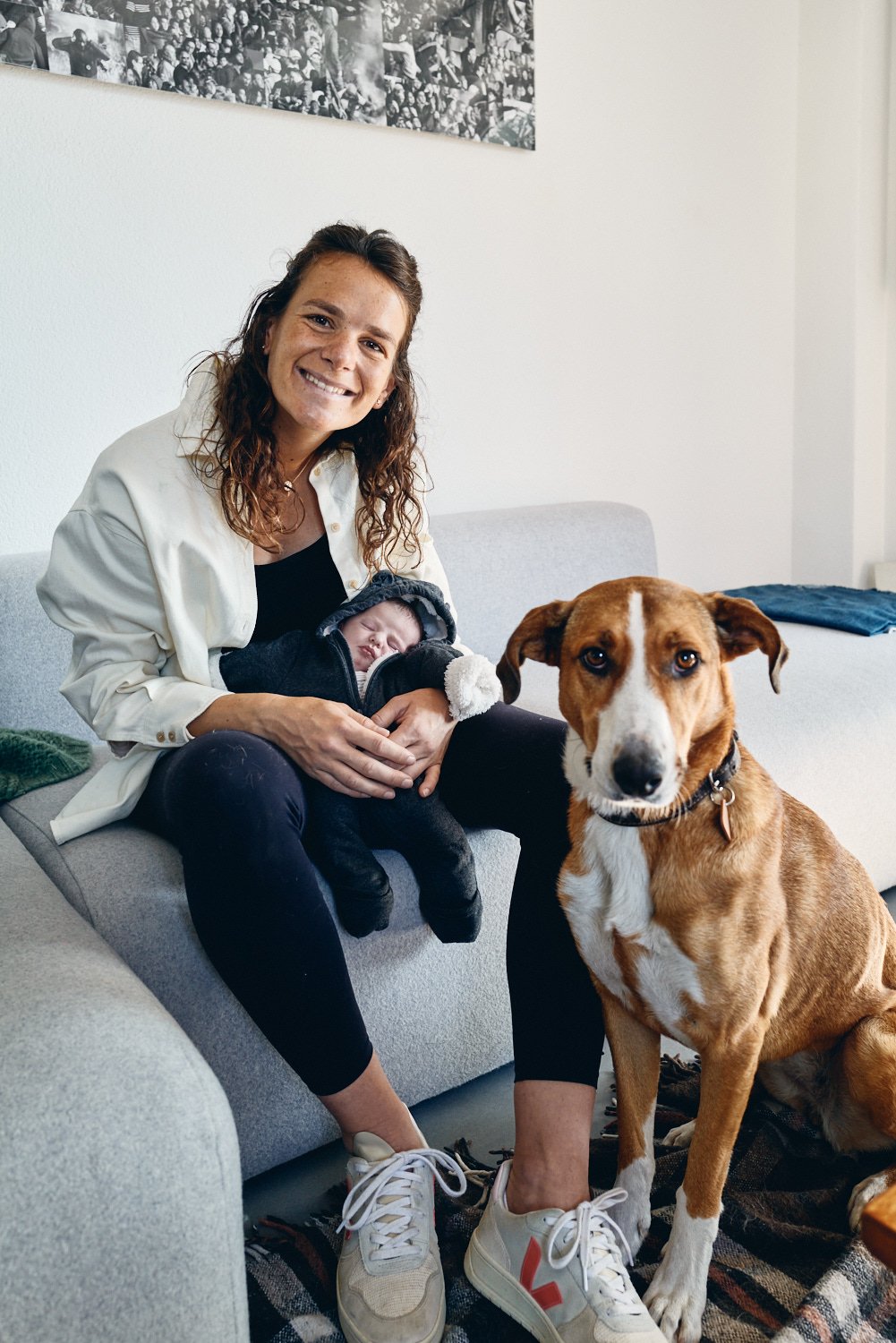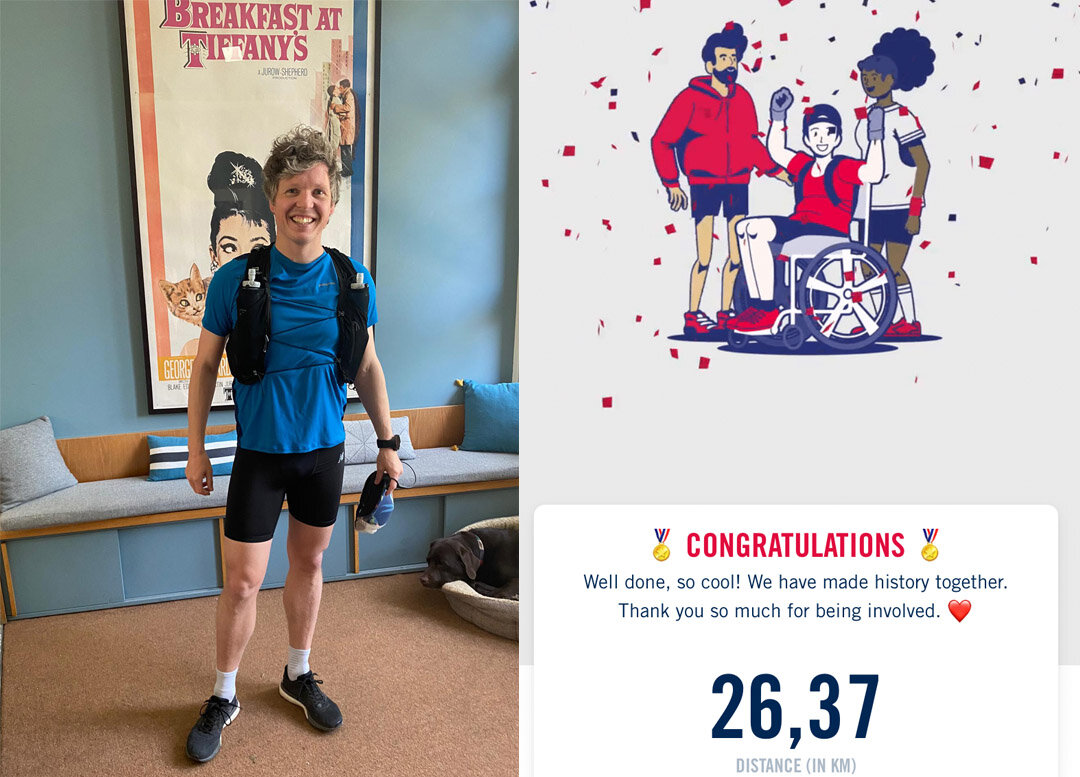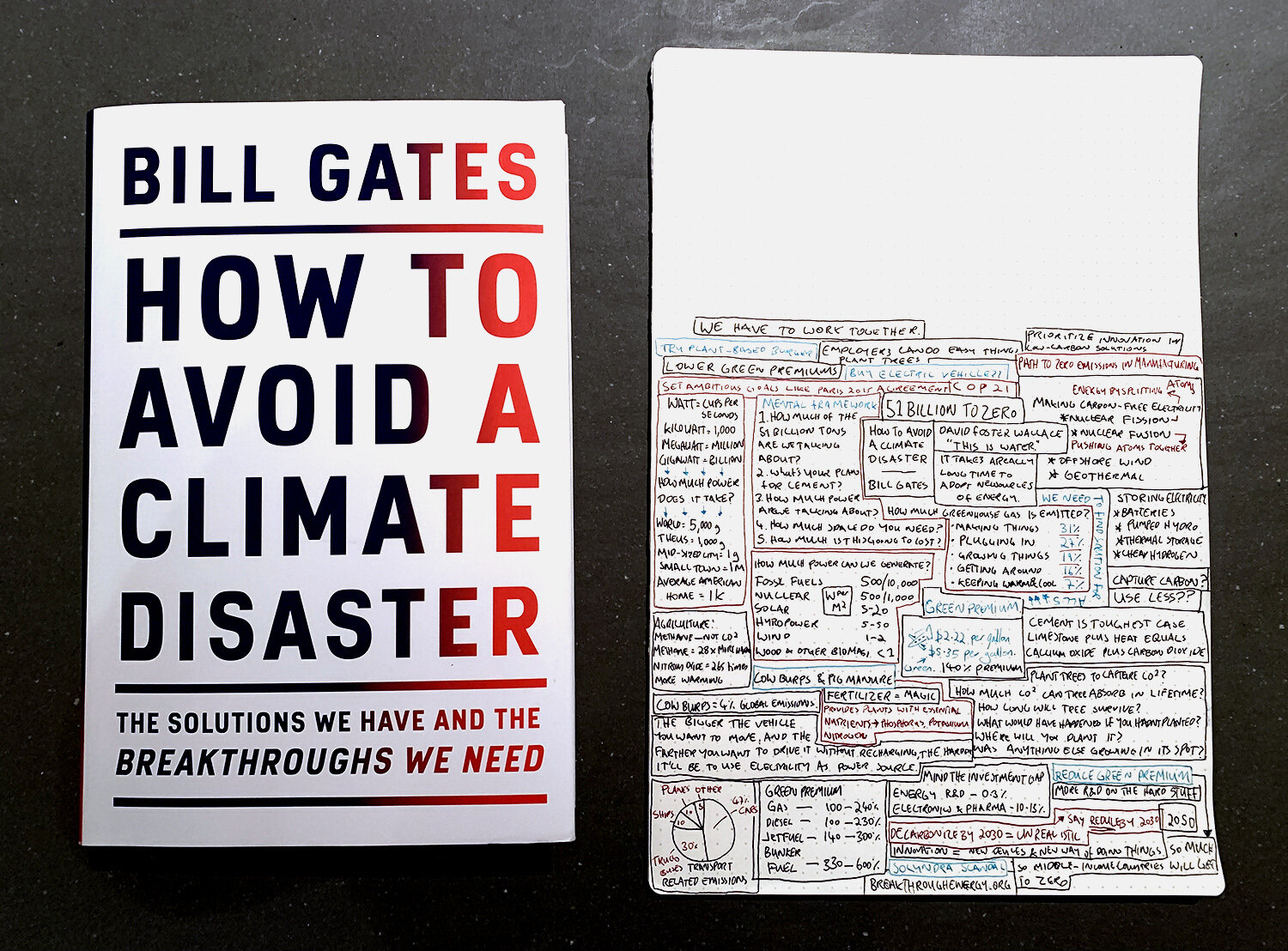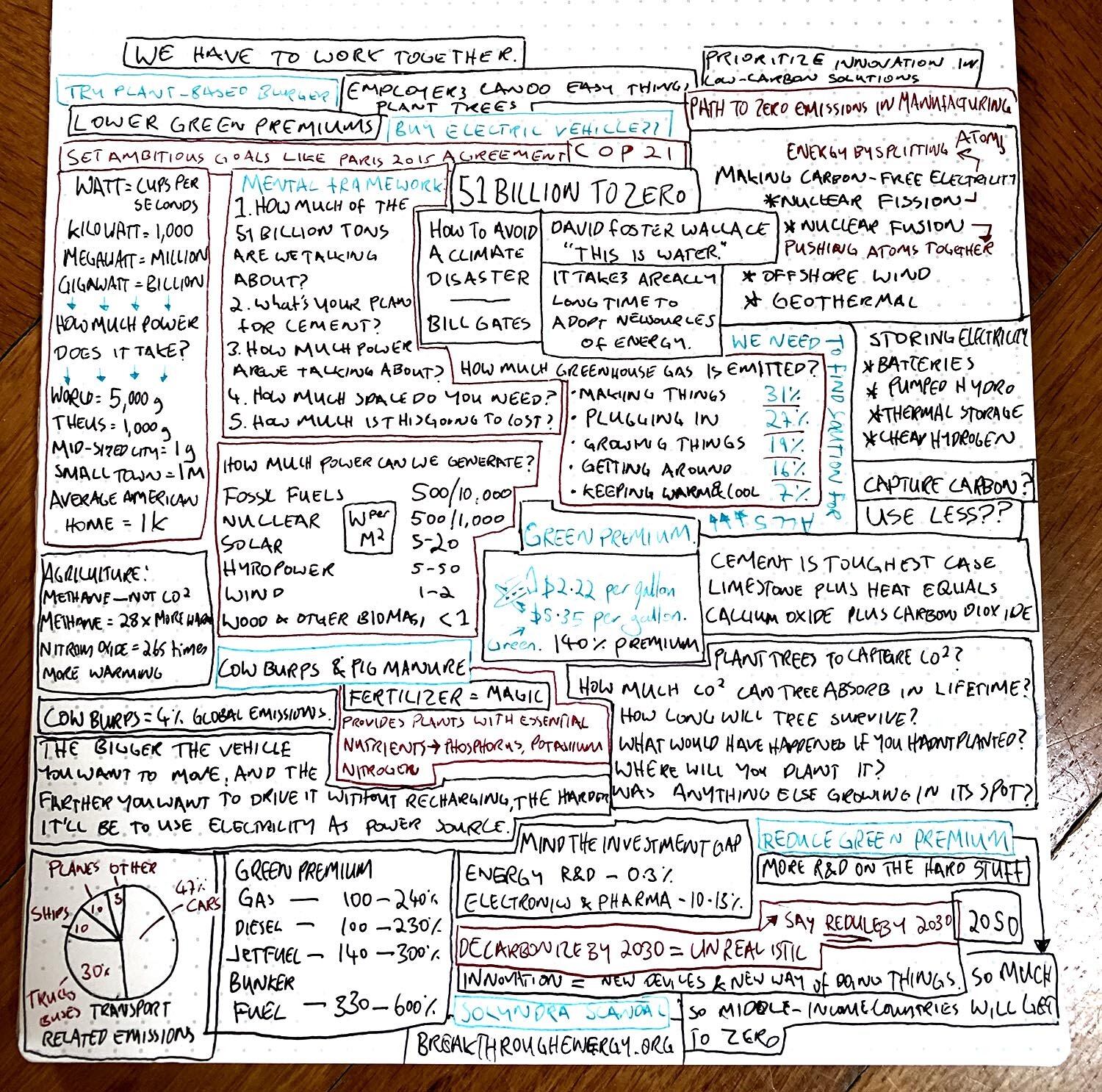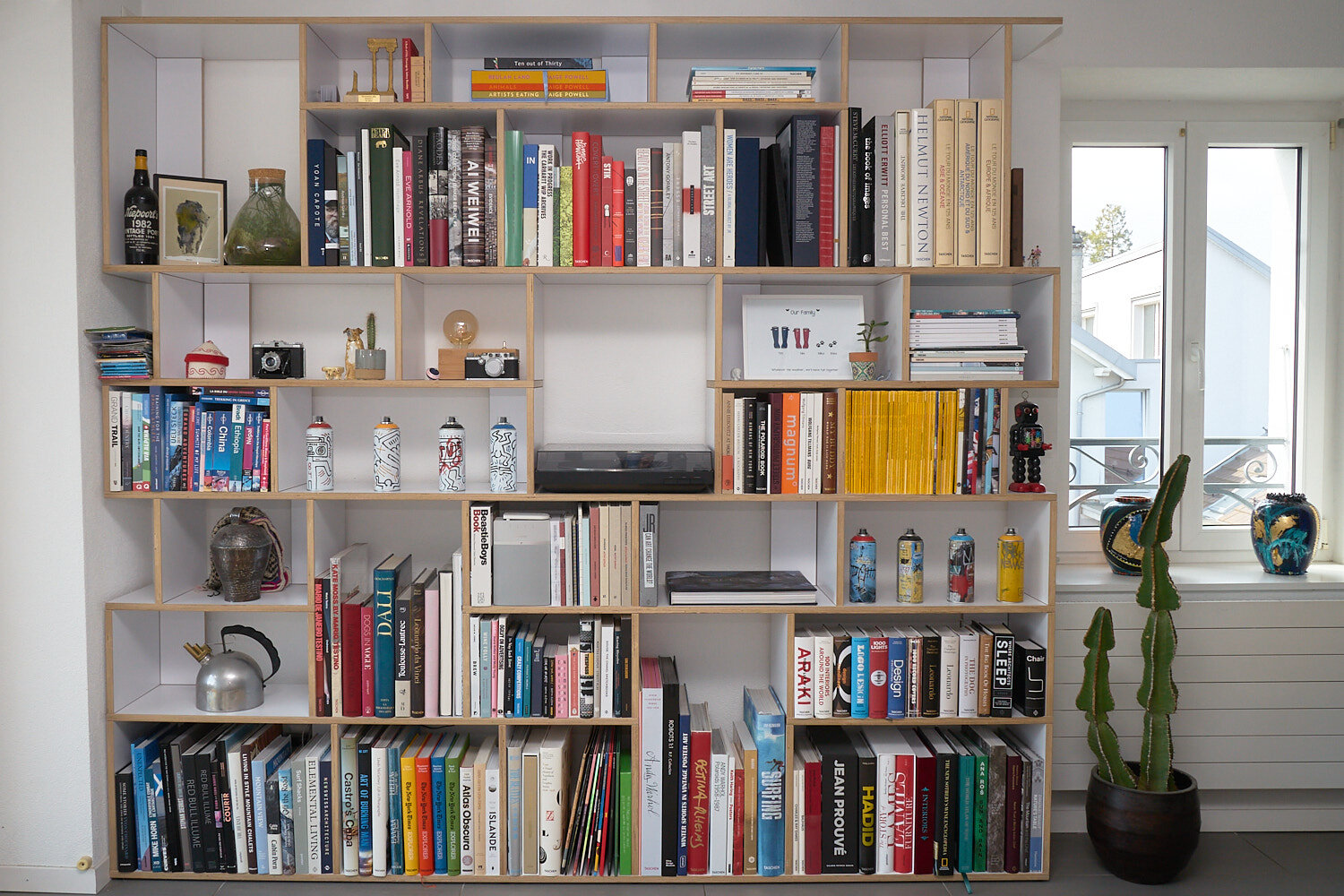Welcome to WordPress. This is your first post. Edit or delete it, then start writing!
Author: timothy_lloyd
-
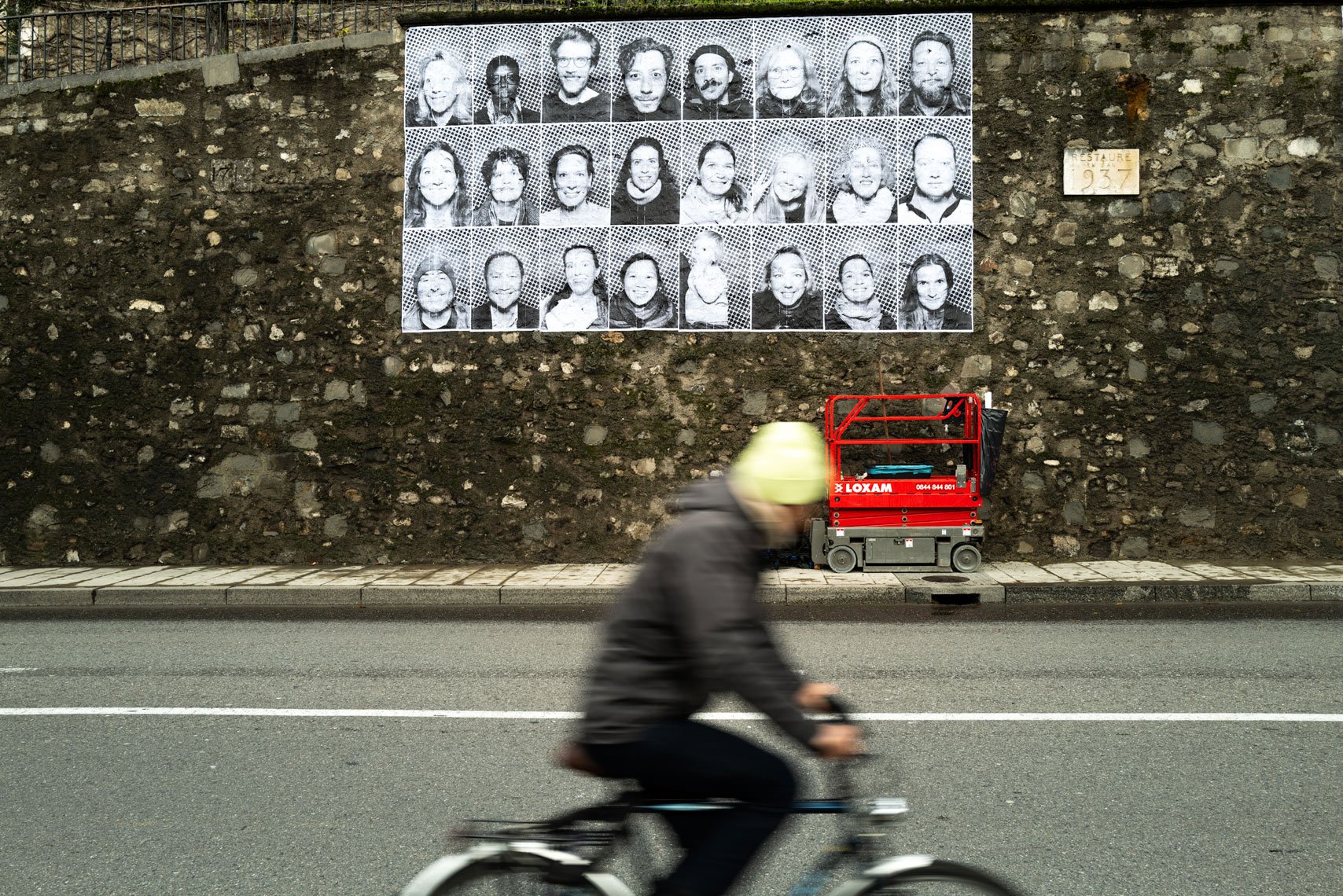
Inside Out: My Photographic Encounters with JR’s Global Art
In the world of contemporary art, few figures are as enigmatic and influential as the French artist JR. Known for his large-scale photographic installations that challenge perceptions and provoke conversations, JR has left his mark on walls and buildings around the world. Over the last seven years, I’ve been slowly collecting a number of his pieces, and recently, I jumped at the chance to participate in one of his renowned Inside Out projects in Geneva, titled “Hope Away From Home.”
Inside Out Geneva: Portraits of Resilience
The Geneva project was marked by the occasion of the Global Refugee Forum, which brought together state leaders and refugee community leaders to find lasting solutions for refugees and their host communities. The portraits of refugee community leaders attending the event were pasted on Geneva’s historical walls, which have provided protection and safety for people forced to flee from persecution for many centuries.
The project extended an invitation to passersby to have their portraits taken. Although my image didn’t make it up onto the wall, I was still able to participate, with the printout coming home with me instead.
Exploring Other JR Works
JR’s work extends far beyond the borders of Geneva. After truly discovering JR in 2018, when I bought a 99prints collaboration with Oliver Jeffers, my journey with his art took me to various locations, each telling a different story through his unique lens.
Inside Out Project: Nepal 2015
The earthquake of April 25th, 2015, was a devastating moment in Nepal’s history, claiming around 9,000 lives and leaving a trail of destruction. Yet, amidst the rubble and grief, there emerged a compelling narrative of resilience and unity, which I witnessed on a trip in November of that year. While JR wouldn’t fall onto my radar for another couple of years, I did capture his “Hope for Tomorrow” project, set against the backdrop of Swotha Square in old Patan, within the Kathmandu Valley.
San Gimignano’s Rural Tales: Omelia Contadina
While in the grips of COVID-19, I was lucky enough to be invited to San Gimignano by Galleria Continua in September 2020, to encounter “Omelia Contadina,” a project that highlights the struggles of small farmers in Italy. Watching the project live was not just a visual spectacle but also a powerful social statement, intertwining rural life and art in a poignant narrative. Discover a selection of images from that project.
The Parisian Gaze: JR’s Iconic Eyes
Paris, JR’s canvas and playground, is home to some of his most iconic works. Leaving Paris by train offers the chance to capture the larger-than-life eyes that gaze at those passing through. These installations are more than art; they are windows into the soul of the city.
A Personal Milestone: Proposal at Clichy-Montfermeil Chronicles
Perhaps the most personal encounter with JR’s art was proposing over breakfast while arranging the 93 cards that came as part of a box set focusing on JR’s “Chroniques de Clichy-Montfermeil” installation. The story has a bit more background to it, but at a high level, we arranged the cards from the artwork, creating a unique setting for a question with lifelong consequences. This artwork, which depicts the life and resilience of the suburbs of Paris, became the backdrop of our own life-changing moment—and is now framed above my sofa.
-
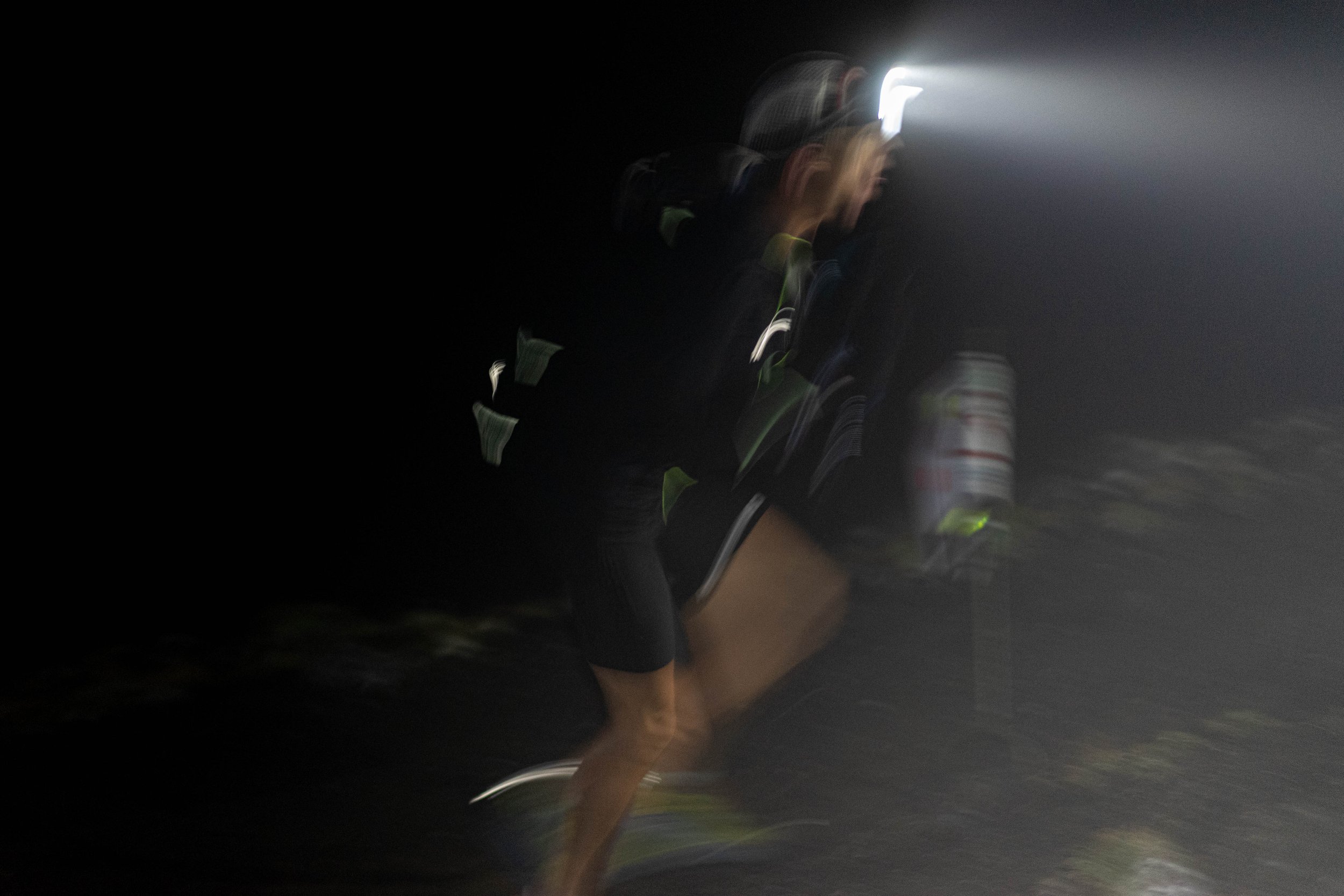
Embracing the Trails: A glimpse back at UTMB in Chamonix
I love the UTMB. At the core of its allure lies the loop around Mont Blanc, one that breaks down the concept of a race and turns it more into a hell of a journey. Crossing through France, Italy, Switzerland, and back into France, you run through the day and night (most people 2 nights) past hundreds of spectators who have navigated to the middle of nowhere to cheer strangers on through the night. It’s an experience that’s equal part bizarre and beautiful.
Having photographed UTMB week on numerous occasions and ran in the races too, I find myself reflecting as the 2023 edition approaches. I’ve taken a nostalgic look back at some of the images captured over the years.
Kilian Jornet’s victory in 2011 opened my eyes to the world of trail running, and right then, I made a vow to return to Chamonix to participate in these races. Staying true to my commitment, I completed the CCC in 2012, followed by the TDS in 2013. In 2014, I took on the UTMB, though I unfortunately did not finish. Another attempt at the TDS in 2016 ended in another DNF, leaving me with what one might call ‘unfinished business’.
It was raining at the start of 2014 when I set off, completely underprepared for the adventure that lay ahead. Earlier that summer, while photographing the Mont Blanc Marathon, I had fallen and bruised a rib, limiting my training to a mere 30km as my longest run. Needless to say, the odds were stacked against me from the beginning.
The start in Chamonix is a blend of excitement and nerves, as everyone begins to grasp the journey that lies ahead. The UTMB offers its rewards, but they come hand in hand with challenges. One thing is for sure: Every runner is soon to regret how fast they tackle the first 8km to Les Houches on the swift and winding single track.”
Although 2017 wasn’t Kilian’s year for victory, his presence left a lasting impression on all who followed his journey.
I waited patiently in an area where I wasn’t supposed to be until the leaders arrived at the Courmayeur aid station at 2:30 in the morning. Somehow, all the other media had been redirected elsewhere, leaving me alone to do my thing.
The Grand Col Ferret truly bites. Even during warmer years, the temperature drops as you ascend towards the Swiss border from the Val Ferret. I experienced its challenge in 2012 during the CCC, just before the UTMB route was rerouted due to snow up there. In 2014, I crossed it again during the UTMB (though that race is a bit of a blur), and in 2015, I even camped up there. Then, in 2017, I hiked up in the middle of the night to catch the morning runners.
At 6:17 am, I was on the run into Courmayeur in 2014. Little did I know, I would endure another 12 hours out on the trails – not covering much ground – before deciding to call it a day in La Fouly. Since then, I haven’t had the opportunity to run the race again.
My old dog (RIP) watches on the CCC runners at the star of their race in 2015.
Live-streaming on my wedding day in 2022 🙂 Two runners under sub-20 hours. Wow.
-
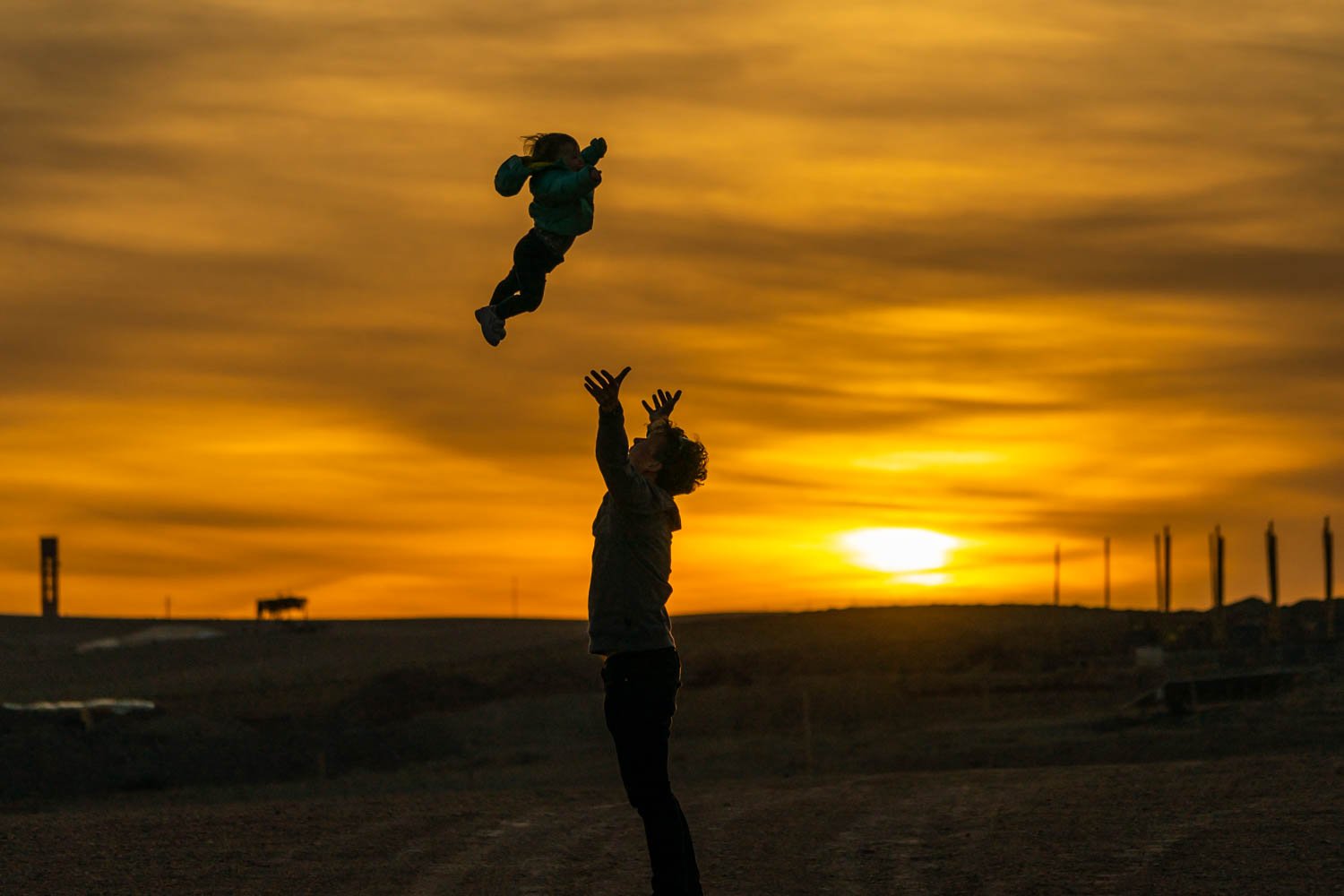
A Road Trip Through Morocco with a One-Year-Old: Exploring the Atlas Mountains, Gorges, Desert, and Marrakesh
Agdz is one of the most picturesque locations on the trip. It coincided with peak “wild child” for our daughter.
A One-Year-Old’s First Adventure in Morocco: Exploring its Beauty by Road Trip.
Morocco blew me away. It’s a land of vibrant colors, rich culture, and stunning landscapes. Over the new year, we decided to take a road trip with our one-year-old daughter to experience a family adventure in this North African country. We flew into Marrakesh and rented a car, taking a circular route that took us through Ourika, Skoura, Dades and Todra Gorges, Zagora, the desert, and back up the Draa Valley. Along the way, we soaked in the diverse landscapes and the warm hospitality of the Moroccan people who loved seeing a toddler having the time of her life.
The foothills of the Atlas Mountains in Ourika
From Ourika to Skoura over Tizi n’Tichka Pass
An afternoon in the Todra Palmeraie
Give me a dune, and I will roll until I can roll no more. Erg Chigaga with its endless entertainment.
Great light, good airtime. Wrapping up the trip in Agafay.
A Leica – Sony combination
I kept my photography gear simple during the road trip, relying on two cameras and lenses. The combination of the Leica Q2 and Sony A7II allowed me to capture the sights of Morocco in a versatile way. I love having the Leica around my neck. The 28mm lens is lovely. With its advanced sensor and lens technology, its outstanding image quality delivers sharp, vivid images.
On the other hand, I still enjoy the versatility of my Sony A7II, despite having owned it since a 2015 trip to the Himalayas. Despite its age, when paired with the 70-200 f4 lens, the Sony A7II produces an image that I can be more than happy with for personal use. The 200mm focal length provided by Sony allowed me to zoom in on distant subjects, capturing both intimate and impactful images. I have considered adding Sony’s 200-600 lens to my collection. While large white lenses can be cumbersome to travel with, I appreciate the additional reach they offer and the ability to capture subjects from a distance, contrasting the up-close and personal feel of the Leica Q2.
I’ve had the Sony A7II since 2015. It’s fine to chew on.
Starting in the foothills of the Atlas Mountains in Ourika
We started the journey at the beautiful Kasbah Bab Ourika. This family-friendly accommodation provided the perfect base to explore the surrounding mountains and traditional Berber culture. We had initially considered venturing into the higher mountains, but we thought it might be too unstable with snow. As it turned out, Morocco was experiencing a dry period, so we could have headed further into the Atlas mountains.
Driving from Ourika to Skoura over Tizi n’Tichka Pass
Driving out of Ourika and over the Tizi n’Tichka pass of the Atlas mountains was a fun experience in our two-wheel drive Dacia. The road snakes through the mountains, with hairpin turns and steep inclines, providing panoramic views of the surrounding peaks. On the other side of the pass is Ourrzazate. Home to a couple of film studios, we stopped only for lunch before continuing on the road across to Skoura.
Skoura is a lush oasis known for its beautiful palm grove and traditional kasbahs. The palm grove has rows upon rows of palm trees stretching out as far as the eye can see with winding dust tracks that make no directional sense to navigate to the night’s accommodation.
The golden hour shines bright in Skoura.
A morning hike in the Dades Gorge
Although we only spent the morning in the area, the Dades Gorge was one of the most memorable days of the road trip. The gorge, located in the Dades Valley, stretches from the Atlas Mountains to the Sahara Desert, and it provides a stunning landscape, including rock formations carved over time by the Dades River. The Dades Gorge is a narrow, winding road that runs through the valley, offering breathtaking views of the red rock formations that tower above. We parked the car and hiked a short way up the valley. Travelling with a child is a lesson in compromise, as we saw the path climbing up and up into the far distance. Another time and we would have been running up the path for a full day on our feet.
A cheeky monkey in Monkey Fingers, Dades Gorge.
An afternoon in the Todra Palmeraie
After a lunchtime stop alongside the road for tagine, we drove an hour or so to the Todra Gorge, another spectacular canyon in the eastern part of the High Atlas Mountains. The Todra Gorge is known for its towering red cliffs that soar up to 300 meters above the Todra River.
We spent the afternoon in the palmeraie, a beautiful oasis of palm trees in the arid landscape of the gorge. The palmeraie, with its abandoned Kasbah, offered an idyllic backdrop for walking practice. Teodora had started experimenting with her first steps the day before, and now it was all about adventure, trial, and error. Fall back down. Get back up.
The beauty of the abandoned kasbah comes alive in the warm glow of the evening light.
Hiking the Todra Loop
The following morning, we set out to hike the Todra Loop, a stunning trail that takes you through the heart of the Todra Gorge. The hike starts by following a narrow path that winds along the Todra River. As the gorge opens up, the trail climbs steeply into a cliff band, offering incredible panoramic views of the surrounding peaks and the winding river below.
The Todra Loop is an excellent hike for nature lovers and those looking for an adventure, with a good sense of accomplishment as you reach the village below. We’ve got the sharing of backpack duties dialled. Mamma climbs up, and Pappa downhill.
Warming rays filter through the narrow walls of the Todra Gorge.
The road less travelled from Todra Gorge To Zagora
The drive from Todra Gorge to Zagora is a journey through some of Morocco’s most diverse landscapes. After leaving the cliffs of Todra behind, we made our way through the arid terrain of the Anti-Atlas mountains, passing by small villages and traditional kasbahs. Hours of driving through vast areas of nothing make for a fun and adventurous drive.
The stunning Draa valley greets you as you arrive in Zagora. It’s usually an oasis of palm trees and lush vegetation stretching over 100km. However, it had been over two years since it had rained in the region, which has been challenging. We set down for the evening with the daily ritual of mint tea to the soundtrack of an unnecessarily loud musician duo.
Patagonia-styled on the streets of Zagora.
New Years eve in Erg Chigaga
One of the trip’s highlights was the 4WD excursion into the Erg Chigaga Desert. Amidst the rolling dunes, we spent a memorable New Year’s Eve in the (luxury) wilderness. The vast night sky is one of the main draws, so it was unlucky to have the only cloudy night of our entire trip. Sleeping in a tent in the middle of the desert kept us busy as we continually jumped up to check the temperature of our sleeping baby.
The following day, we were up early to witness the magnificent sunrise over the desert, an unforgettable experience. Our drive back to Zagora was just as remarkable, surrounded by the barren desert landscape of the Draa Valley. A night in the desert was undoubtedly one of the trip’s most memorable and perfect ways to start the new year.
The vast and tranquil landscape of the Erg Chigaga desert at dusk.
The Draa Valley up to Agdz
Agdz was one of my favorite locations in Morocco, with such a stunning landscape, even in the face of drought. The lack of rain meant the absence of an oasis that should have been directly in front of our accommodation, but the region was still otherworldly. I crossed the mountain ranges in my mind, looking up to imagine the adventure. For us, Agdz marked the peak of our wild child. Several days of crawling around the floor in the dust and desert were starting to show!
An evening game of “you won’t pass” illuminated by sunset in Agdz.
The mountains stand tall, illuminated by the warm light of the setting sun in Agdz.
Agdz to Agafay: making the loop
After leaving Agdz, we continued our journey north towards Agafay, a small desert village on the outskirts of Marrakesh. Along the way, we stopped at the UNESCO World Heritage site of Ait Ben Haddou, a fortified town famous for its well-preserved kasbahs and traditional architecture spruced up by the Hollywood dollar. After days of wandering around deserted Kasbahs, it felt pretty bizarre to be surrounded by coach-loads of tourists, but the location and the architecture still make it a must-see. We likened it to a Moroccan Yvoire for those familiar with the French town on the shores of Lac Leman.
All aboard the Deuter backpack to explore the stunning UNESCO site of Ait Ben Haddou.
Full circle back to Marrakesh
As we came to the end of our road trip around Morocco, we returned to Marrakesh for our final night. Despite not having the same admiration for the city as we did for the other places we visited, we still found it an interesting and exciting place to wrap up our trip. The city’s bustling souks, vibrant culture, and stunning architecture provided an exciting contrast to the more remote and tranquil locations we had visited earlier on the trip.
Too much fun to rest on the streets of the medina.
-

Japan to welcome skiers again in 2022
Japan opened its borders to tourists earlier this week after a complicated couple of years for those who wished to visit.
While many visitors flock to the country to get lost in the cities and experience the not-seen-anywhere-else culture, one group only enters when it’s cold. For them, Japan equals Ja-POW.
Yes, Japan has some of the best skiing anywhere in the world. I’m so happy—if a little envious— for those booking their tickets for this winter. I jumped into my archive to get you in the mood. Here’s a selection of images captured over the years on the north island of Hokkaido.
-

20 Photos of the Week: Grape Harvest, Mountain Hikes, Lavaux Vineyards, Becoming a Father
Volunteering for the grape harvest at La Gara, hiking the La Dole circuit in the Jura mountains, enjoying an evening apéro in the Lavaux vineyards, and becoming a father to a beautiful baby girl: my favourite images from a life-altering week in October.
Saturday the 16th, 11.39 am: Vendanges at La Gara
Sunday the 17th, 9.44 am: Hiking the La Dole ridge in the Jura mountains
Sunday the 17th, 4.38 pm: An evening apéro in Lavaux vineyards
Wednesday the 20th, 2.19 am: Wandering the corridors at La Tour hospital
Wednesday the 20th, 2.02 pm: Welcome Teodora
Sunday the 24th, 1.58 pm: Back home
-
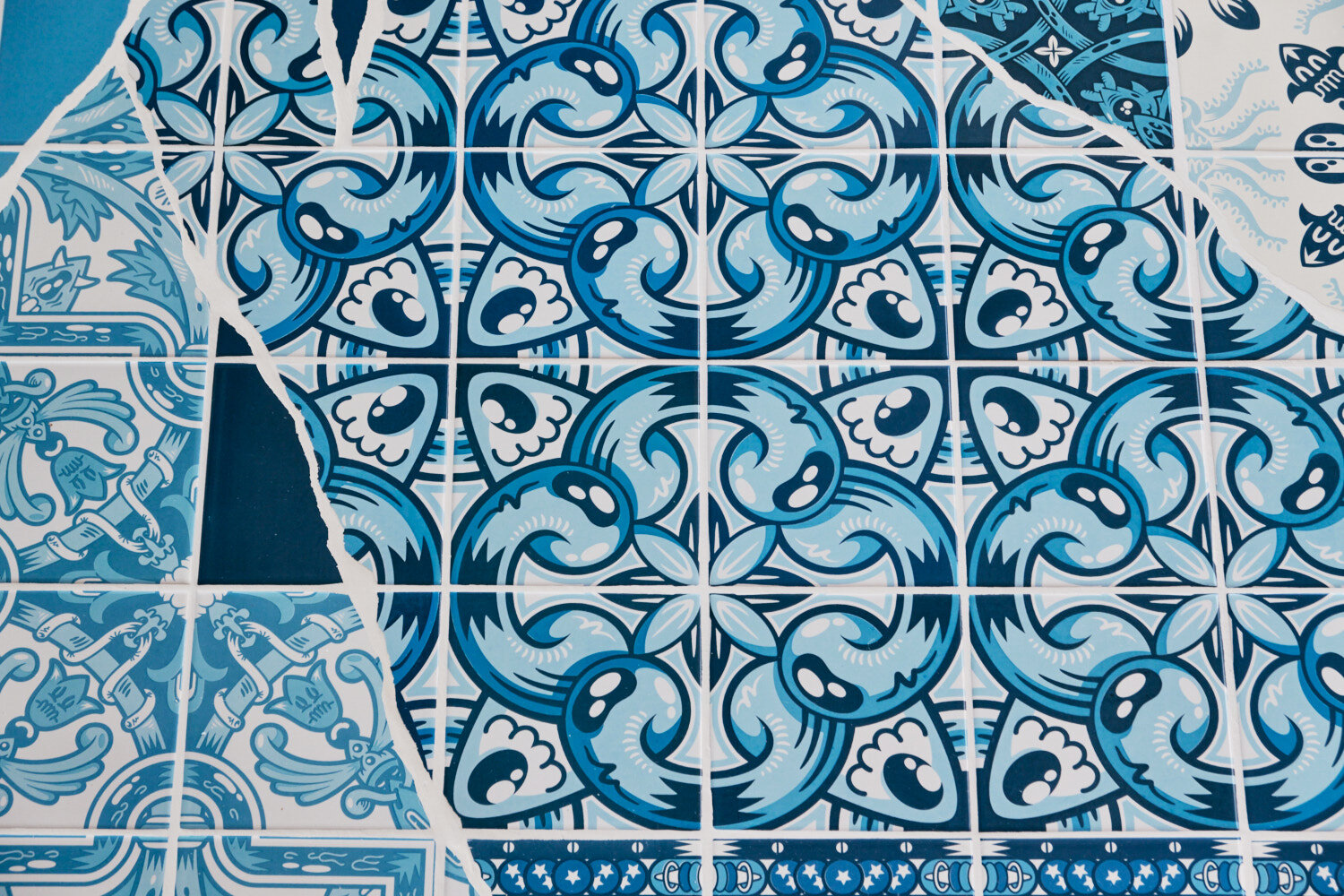
ADD FUEL at Underdogs Gallery, Lisbon
I was lucky to catch the final day of ADD FUEL’s solo show, Chronos Redux at the Underdogs Gallery, when I visited Lisbon the other week.
Despite this being my first visit to the Portuguese capital, I’ve closely followed Underdogs for the last few years, getting to know some of the artists they represent and getting weighed down after buying the 608-page behemoth that is Vhils Pentimento.
Lisbon is like an open-air gallery, and Underdogs has a lot to thank for that as they aim to establish a close relationship between the artists they work with and the city of Lisbon. Through the Underdogs Art Programme and coinciding with the show’s launch, ADD FUEL had transformed a city wall with a giant mural in his signature style of familiar Portuguese tile design.
Add Fuel (2020), Rua da Senhora da Glória 79.
Add Fuel is Portuguese visual artist and illustrator Diogo Machado (1980). He interweaves the art of azulejo — painted ceramic tilework characteristics of Portuguese architecture — with visual references from pop culture, comics, animation, sci-fi, and graffiti. The attention to detail in the blending of traditional and contemporary elements is remarkable.
With it being the show’s final day, a little orange sticker accompanied almost all of the original pieces — a sign that the many art buyers agree with me about his work’s quality. Still, I was fortunate to acquire In Permanence, a steel-cut stencil on a marble base that the gallery held in stock. I would love to try and get some of his tile designs. They’re really quite remarkable.
ADD FUEL (2020), IN PERMANENCE (STENCIL)








































